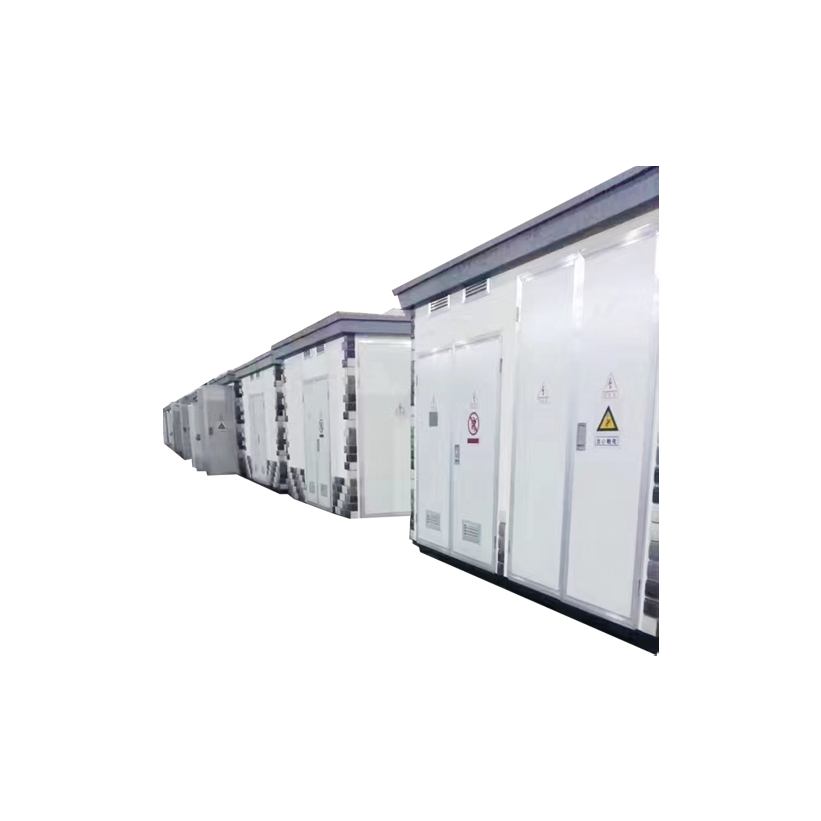50KVA Single-Phase Pole-Mounted Oil-Immersed Transformer
50KVA 34.5KV/0.48KV
See DetailsInstalling a Pad Mounted Transformer in harsh environments demands careful planning and adherence to technical standards to ensure long-term performance and safety. These transformers are widely used in locations such as oil fields, seaports, mining sites, and industrial zones where extreme weather, corrosive elements, or mechanical stress can significantly impact equipment life. A well-executed installation not only protects the transformer but also supports stable power delivery in critical infrastructure.
One of the first considerations is site preparation. Since these units sit directly on the ground, the foundation must be solid, level, and resistant to water accumulation. In areas prone to flooding or high groundwater levels, raised pads or drainage systems should be incorporated. Proper base construction helps prevent structural damage and ensures that the pad mounted transformer remains stable even under heavy vibration or seismic activity commonly found in mining or drilling operations.
Environmental protection plays a crucial role in extending service life. In coastal areas or chemical plants, salt spray and airborne pollutants can accelerate corrosion. Selecting enclosures with high ingress protection ratings (such as IP54 or higher) and using anti-corrosive coatings on metal components can make a significant difference. Additionally, ventilation design must balance cooling needs with dust and moisture control to avoid internal degradation of electrical parts.

Electrical safety and grounding cannot be overlooked. Harsh conditions often come with increased risk of short circuits or faults, making proper grounding essential. The pad mounted transformer should be connected to a reliable earthing system using corrosion-resistant materials like copper-bonded steel rods. Cable entry points need to be sealed effectively to prevent moisture ingress, especially in humid or subterranean settings like subway stations or underground commercial complexes.
Accessibility for maintenance is another key factor. While it’s important to secure the unit against unauthorized access, routine inspections and servicing must remain convenient. Planning enough clearance around the transformer allows technicians to work safely and efficiently, reducing downtime. This becomes particularly important in remote or extreme environments where quick response to issues can prevent larger system failures.
Thermal management also deserves attention. High ambient temperatures, common in desert regions or enclosed industrial spaces, can affect transformer efficiency. Choosing models with optimized cooling systems—whether air-cooled or hybrid designs—and ensuring sufficient airflow around the enclosure will help maintain operational temperatures within safe limits. Overheating is one of the leading causes of premature failure, so thermal planning should never be underestimated.
At our factory, we understand the challenges that come with deploying pad mounted transformers in demanding environments. With years of experience supplying units to ports, mines, and energy facilities, we design our transformers with durability, adaptability, and ease of installation in mind. From customizable enclosures to enhanced insulation and grounding solutions, our products are built to withstand tough conditions while delivering consistent, efficient power distribution for your most critical applications.
Contact Us